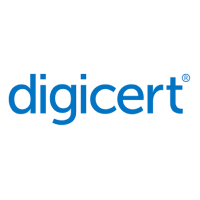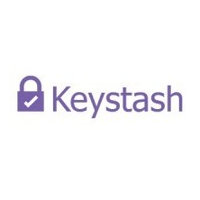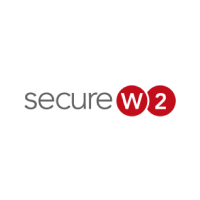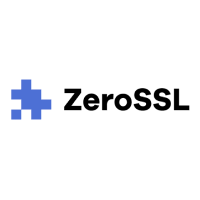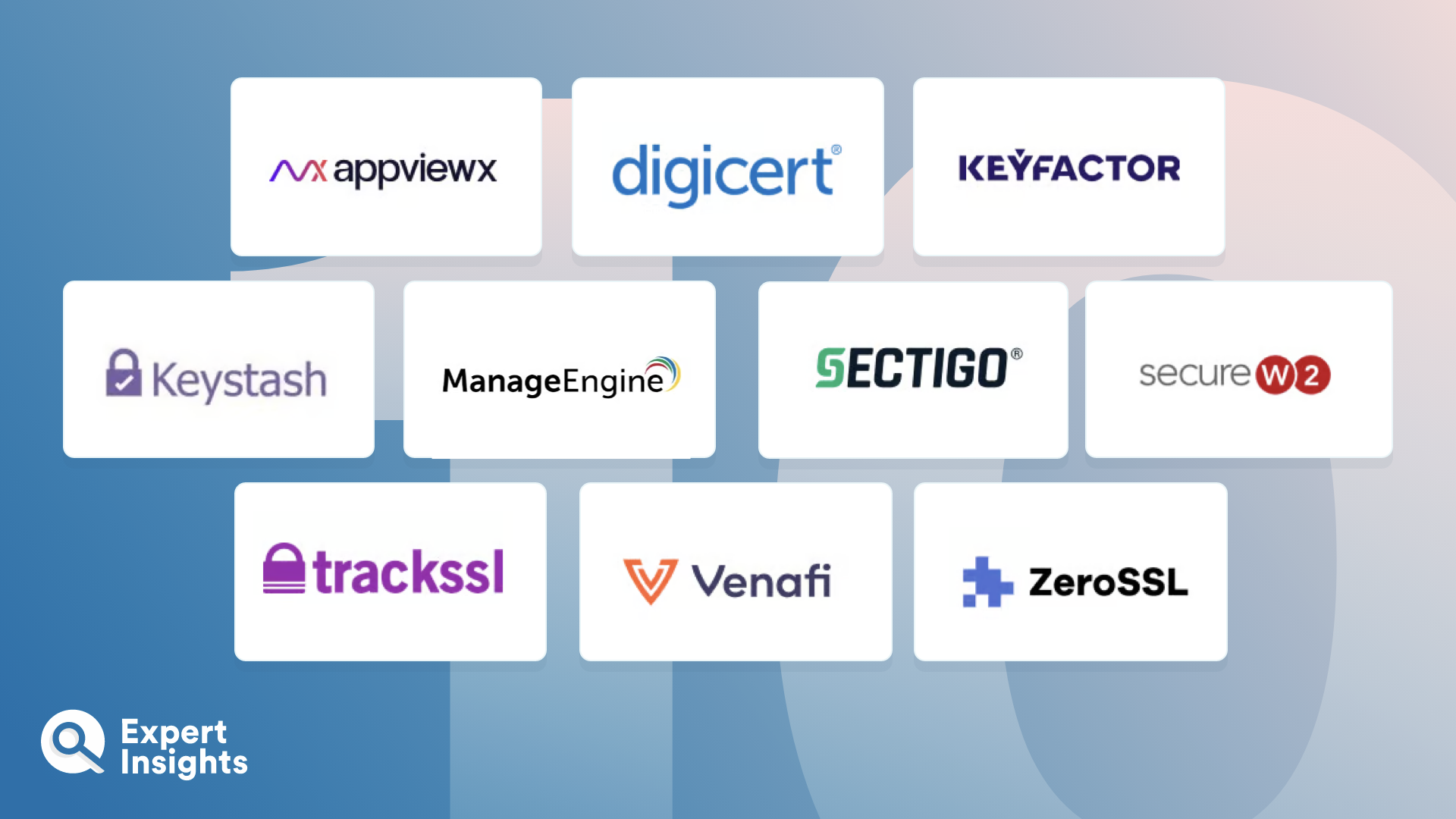Certificate Lifecycle Management solutions allow you to gain (and keep track of) critical information regarding SSL, SSH, and TLS certificates. These digital certificates authenticate user, machine, and website identities when the exchange information with one another, ensuring that each connection is legitimate and secured—often via encryption. Certificate lifecycle management is a key component of an effective Public Key Infrastructure (PKI) – this umbrella term describes all the technology, policies, and services used to facilitate identity confirmation.
In recent years, we have seen a drastic increase in the number of employees working remotely, and a diversification in the devices that they are using. This has resulted in a more complex identity and access management landscape. The task of ensuring that users are engaging with the correct sites, and that they are correctly secured, has become much more complex. There is an ever-increasing number of certificates to manage, each with its own specifications and expiry date.
Failure to effectively manage your certificates and PKI can result in unexpected outages – where users are unable to access the services your business provides online – leading to business interruptions and productivity impacts. There are also security risks associated with not using certificates or having them configured inappropriately. For example, if a threat actor were to steal a website’s certificate, they could pose as the legitimate owner of that certificate and manipulate a user into installing malware.
Because of this, it’s important that organizations keep track of and maintain their digital certificates through each stage of the certificate lifecycle. A certificate management tool should be able to complete the following tasks: discovery, creation, installation/deployment, inventory, monitoring, renewal, revocation, and replacement.
In this article, we’ll explore the top certificate lifecycle management solutions available today. In each case, we’ll identify some of the solution’s key features, before suggesting the type of organization that would benefit most from using it. It is worth noting that this article covers a range of solutions for a range of use cases; some platforms are dedicated to securing just SSL, for example, while others have a broader remit.




